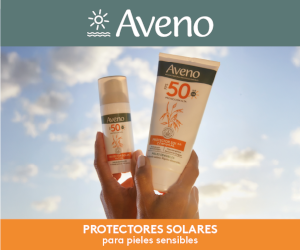Tungiasis: family presentation of an infrequent ectoparasitosis
DOI:
https://doi.org/10.47196/da.v25i1.2195Keywords:
tungiasis, Tunga penetrans, sand flea, ectoparasitosisAbstract
Tungiasis is an ectoparasitosis caused by the female pregnant, sand flea of the genus Tunga penetrans. Clinically, it presents itself with painful black papular lesions, most of them localized on the feet. Diagnosis of tungiasis is based on the characteristic aspect of the lesions in a patient coming from an endemic area. Surgical removal of the flea and application of a topical antibiotic is the standard treatment. We describe 3 cases of a family that had recently travelled to an endemic zone
References
I. Hoon K, Fernández M, Buján M, Cervini A. Tungiasis. Presentación de un caso clínico. Arch Argent Pediatr 2011;109:e82-e84/e82.
II. Verdi M, Benavente D, Gentile J, Omaña S, et ál. Tungiasis. Rev Argent Dermatol 2008;89:226-233.
III. Connett J, George R. Vacation dermatoses. J Am Acad Dermatol 2014;70:961-963.
IV. Cagnon GV, Carvalho dos Santos D, Miot HA. Tungiasis. JAMA Dermatol 2019;155:1181-1181.
V. Meneses Díaz E, Pavón E, Bagalá ME, Cortés L, et ál. Tungiasis, un souvenir del viajero. Dermatol Argent 2020;26:68-72.
VI. Garlatti ML, Vacas AS, Enz P, De Luca D, et ál. Serie Parasitosis en Dermatología. Tungiasis. Rev Hosp Ital B Aires 2017;37:112-115.
VII. Sendagorta E, Vidaurrázaga C, Mulekyo R. Placa hiperpigmentada en el pie de un paciente keniata. Actas Dermosifiliogr 2012;103:633-634.
VIII. Santos RP, Resende C, Duarte M, Brito C. Tungiasis: a poorly-known diagnosis in Europe. Two paradigmatic cases from Portugal. Acta Dermatovenerol APA 2017;26:115-117.
IX. Leiro V, Novac V, Olivares L, Maronna E. Tungiasis inusual: forma clínica ampollar. Dermatol Argent 2010;16:344-348.
X. Ferreyra V, Martinetti C, Natinzon R, Rojas G, et ál. Tungiasis: Reporte de un caso clínico con evolución inesperada. Fenómeno isotópico. Rev Argent Dermatol 2019;100:36-48.
XI. Fich F, Del Barrio-Díaz P, Kam S, Celle VM, et ál. Tungiasis, una enfermedad tropical emergente en Chile. Comunicación de tres casos clínicos importados. Rev Chil Infectol 2013;30:676-679.
XII. González A, de Villalobos C, Ranalletta MA, Coscarón M. Aspectos adaptativos y biológicos de Tunga penetrans (Linné 1758). Epidemiología en comunidades aborígenes del norte argentino. Arch Argent Dermatol 2004;54:119-123.
Downloads
Published
Issue
Section
License
El/los autor/es tranfieren todos los derechos de autor del manuscrito arriba mencionado a Dermatología Argentina en el caso de que el trabajo sea publicado. El/los autor/es declaran que el artículo es original, que no infringe ningún derecho de propiedad intelectual u otros derechos de terceros, que no se encuentra bajo consideración de otra revista y que no ha sido previamente publicado.
Le solicitamos haga click aquí para imprimir, firmar y enviar por correo postal la transferencia de los derechos de autor













